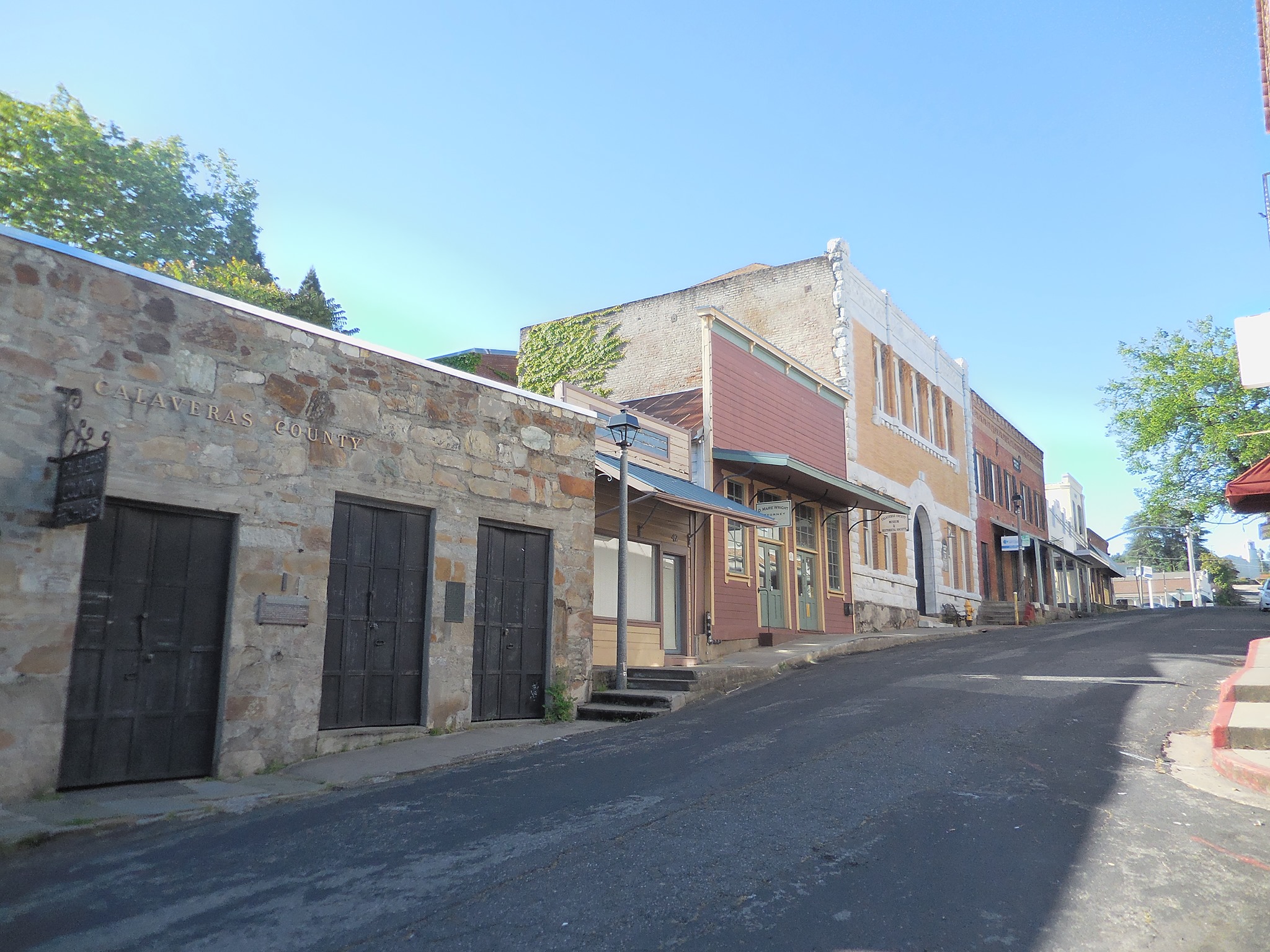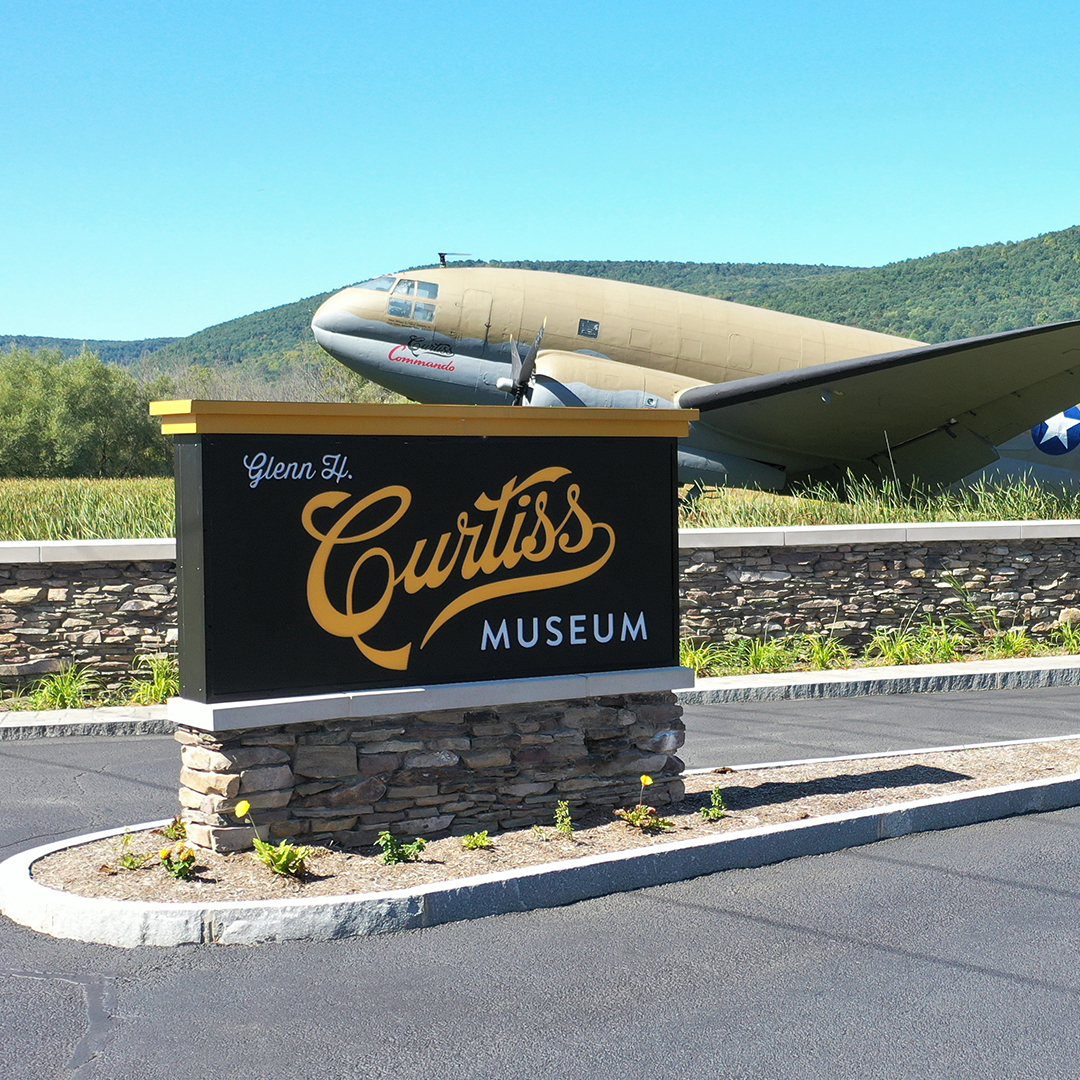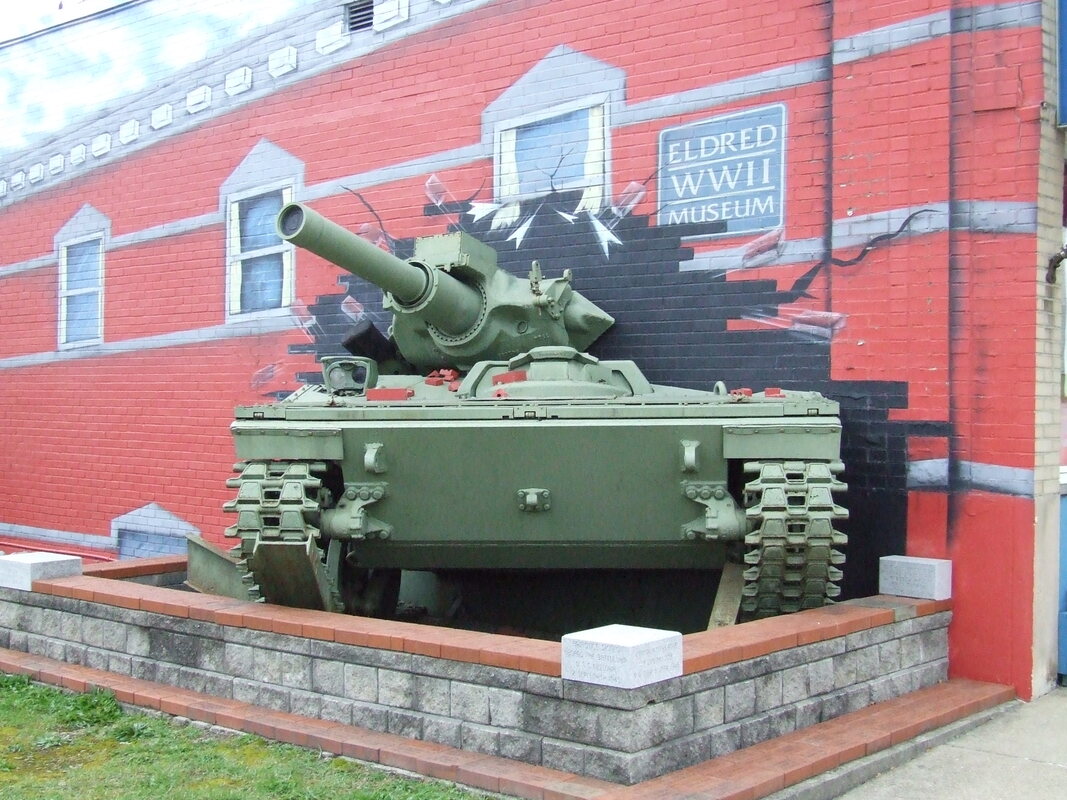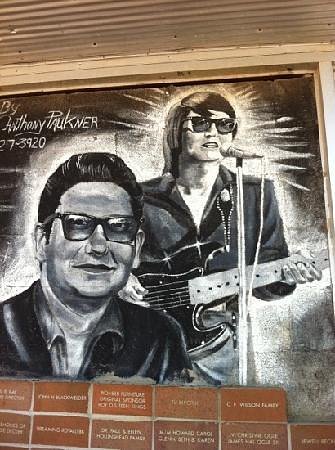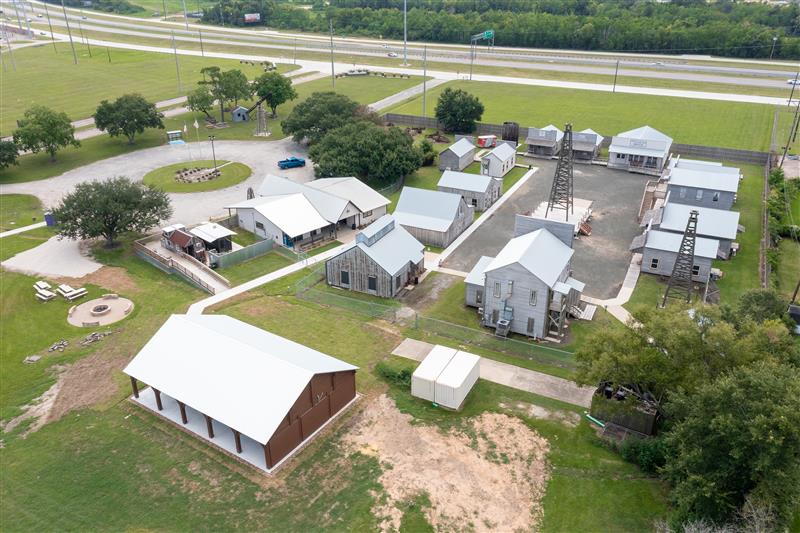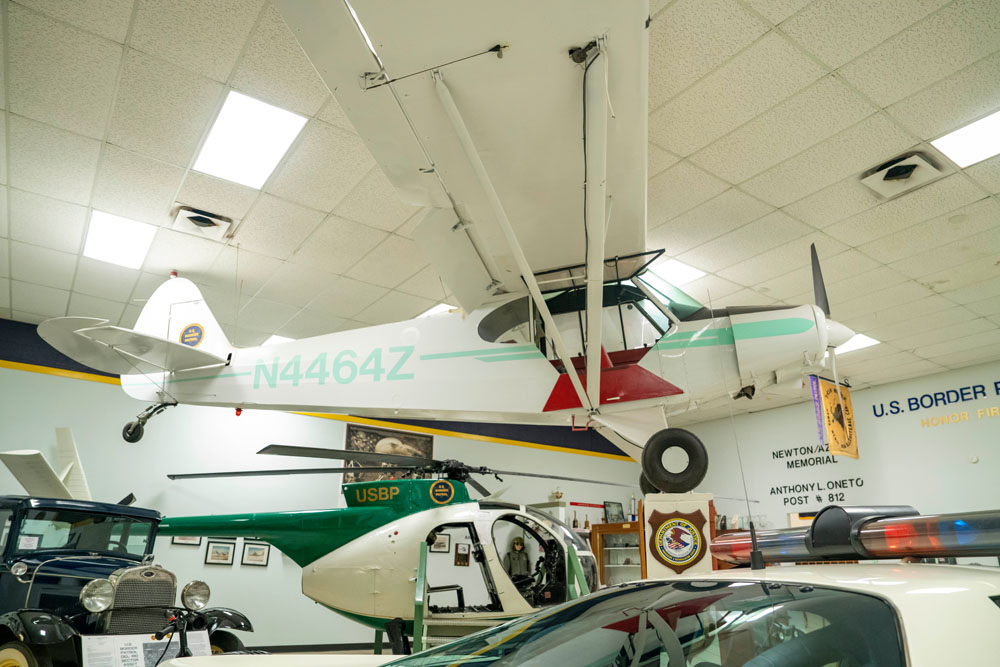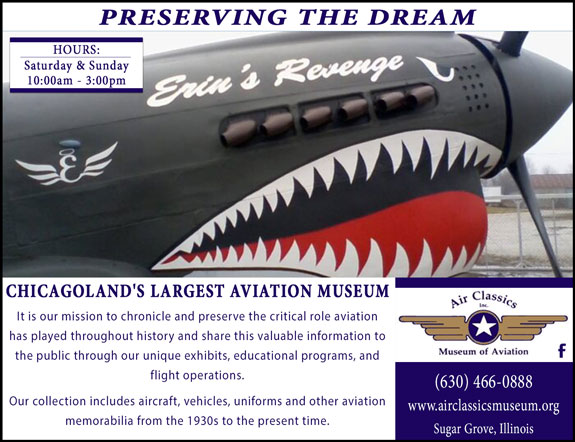Museum Guide News
Museum Guide News
The Northern Pacific Railway Museum in Washington State was a 1911 train depot that was completley restored and refurbished after it was taken over in 1989!
On July 4th, 1993, the museum had it’s grand opening and in 2000 the museum was officially renamed the Northern Pacific Railway Museum. From freight and telegraph rooms, to the waiting room to the bathrooms, the depot holds history dating back to 1911. Freight trains back then would deliver anyting from newspapers to the very first automobles! The museum consist different types of those cars! The museums also contains the many other types of commodities transported through the depot through the years!
Many of our artifacts come from our hard working volunteers. We also, have many trains cars from the past. This includes dining cars that are set just as they were in the early 1900’s. You can view the train car kitchens as well!
Also, this holiday come see our “Toy Train Christmas All Aboard” Toy Train Christmas is here. Join us for train rides to Santa, cocoa, cookies and a depot full of toy trains. 10 Asotin Avenue, in Toppenish 10am to 4pm Saturdays and Sundays November 29 through December 21. Here's how to find us: https://nprymuseum.org/find-us-2/
We look forward to welcoming you soon, so you can expeerience a bit of railway and train history from the past! https://nprymuseum.org/
The Calaveras County Historical Society in San Andreas, CA was formed in 1952!
The historical society is a record of past events. Many counties in the State of California have their past events preserved in a written history of the county. This is not true of the county of Calaveras as its history has never been written.
Located in the center of the gold mining district of California, Calaveras is rich in history, tradition, romance, and lore. The early growth and development of the State of California mostly took place in the gold mining districts and Calaveras County contributed its full share. Many persons who later became leaders in the state at one time became gold miners in Calaveras County.
Many descendants of the early residents of Calaveras County are still living, and it is possible to collect from them a vast fund of early history of the county. Many of the issues of early newspapers are no longer in existence, but some of these early newspapers are available in museums and public libraries.
While visiting come see the Calaveras County Museum Complex, which is made up of three historic buildings: The Old Courthouse and Jail - 1867, The Hall of Records - 1893, and The Odd Fellows Hall - 1856. Within these interconnected buildings, the history of Calaveras County is told through objects, portraits, and photographs. Here you will find educational displays that tell the County's pre-history and Tribal culture, the stories of the early-pioneers, and the history of the Gold Rush encompassing the influence of European, Chinese, Mexican and many other cultures and their stories and objects related to mining and other industries in the County. https://www.historicalcalaveras.com/downtown-museum
The prime purpose of the Calaveras County Historical Society is to collect and preserve for posterity the early history of Calaveras County. We invite you to come and visit us anytime where you will see history preserved form years past! Check us out online: https://www.historicalcalaveras.com/
The Glenn H. Curtiss Museum, in Hammondsport, NY bears the name of a pioneer aviator and Hammondsport’s favorite son!
The museum is located on State Route 54, one half mile south of the village of Hammondsport, New York. Dedicated to the memory of Glenn Hammond Curtiss, the museum contains a priceless collection relating to early aviation and regional history. The museum also features a 75-seat theater, large open area for special events and a museum store. In addition to seeing the museum displays and exhibits, visitors are welcome to visit the Restoration Shop, talk with volunteer craftsman and watch them work on historic aircraft.
The Glenn H. Curtiss Museum is an educational and cultural institution that collects, preserves, and interprets transportation modes and regional history, and celebrates the innovations and accomplishments of Glenn Hammond Curtiss.
In the beginning for Glenn H. Curtiss, building and selling airplanes was not enough. He wanted people to understand the idea and beauty of flying his aircraft. Starting with the first sale of an airplane to the Aeronautical Society of New York in 1909, he agreed to teach two of its members, Charles Willard and Alexander Williams, how to fly.
By 1916, people from all walks of life were attending the Curtis School in one of ten locations across the country! He first trained U.S. Navy pilots, helping to create a strong Air Wing of the military. With the outbreak of World War I in 1914, many of the schools and instructors would become extensions of the military. These flying schools trained some of the finest aviators the world had ever seen. Afterwards, the Curtiss Flying Schools merged into the Curtiss Flying Service, continuing well up to the beginning of World War II.
Today, the Museum is dedicated to preserving and displaying planes, automobiles and bicycles either originals, restores or reproductions from the late 1800’s to the 1940’s. https://glennhcurtissmuseum.org/exhibits-on-display/ The Glenn H. Curtiss Museum is the perfect place to experience early history of all of this and more, covering WWI & WWII! Check out more information online - https://glennhcurtissmuseum.org/
Museum Opening Hours: May 1 – October 31st, 9am to 5pm daily. November 1 –April 30, 10am to 4pm daily **We are closed Easter, Thanksgiving, Christmas Eve, Christmas Day, New Year’s Day.
At the Kit Carson House & Museum in Taos, New Mexico we explore the ancestral home of a myriad Native peoples, as New Mexico is part of the last geographical region formally incorporated into the continental United States.
Ther Museum preserves the National Historic Landmark, the Kit Carson Home while developing a museum with exhibits dedicated to the critical exploration of the complicated history and consequences of the cultural encounters of the American Southwest and particularly the history and ongoing story of Native Communities for whom this region was and continues to be home.
At the museum we explain how Carson fought in the Mexican-American War with General Kearny's forces at the Battle of San Pasqual. He led the First New Mexico Volunteers against Confederate forces at the Civil War Battle of Valverde, New Mexico. Carson was brevetted Brigadier General by orders from President Abraham Lincoln. He was the only General in U.S. Army history who could neither read nor write.
The Carson House & Museum will increase the current museum’s historical artifact collection to better match the museum’s updated mission. Our vision statement, guiding principles, collections management policy and ability to adequately care for, house and display artifacts will dictate the types of artifacts the museum will collect. The goal is to acquire historical artifacts for the initial displays with a collections plan in place to continue to grow the collection accordingly!
The Museum is celebrating its 200-year birthday in 2025. The site has recently been awarded a Save America's Treasures Grant from the National Park Service in the amount of $750K. The grant requires a 1:1 dollar match -please go to website and click on Donate to support the effort!
Currently the buildings and grounds restoration and construction will focus on the preservation and rehabilitation of the Carson Home and surrounding structures. The goal will be to restore the National Historic Landmark and construct a museum to accommodate historical exhibits, interpretative graphics, interactive multimedia features, and historical artifacts. https://www.kitcarsonhouse.org/restoration-efforts
We look forward to welcoming you to the Kit Carson House Museum in Taos, NM and exploring the deep history and exploration of our Native People and the impact Kit Carson had! https://www.kitcarsonhouse.org/
Constructed in 1936, The El Paso Centennial Museum was built to celebrate the anniversary of Texas independence, making it the oldest museum in El Paso.
Permanent exhibits in the museum focus on the natural and cultural history of the Chihuahuan Desert region, the largest desert in North America, and the ties of friendship that exist between the University and Bhutan can be seen in its surroundings. The Centennial Museum and Gardens sponsor such events as lectures/talks, collaborative exhibits with other museums on campus or in El Paso and FloraFEST
The Centennial Museum prides itself as an academic support and outreach unit of The University of Texas at El Paso focusing primarily on the natural and cultural history of the Chihuahuan Desert. It promotes and shares knowledge and understanding of the natural diversity of the region and its people. The museum meets its responsibilities through the presentation and curation of the permanent collections, including the Chihuahuan Desert Gardens.
The Centennial Museum and Chihuahuan Desert Gardens celebrates the stories of life in the Chihuahuan Desert. We aim to engage the border community with participatory programs and exhibitions that inspire dialogue about and respect for the natural world and our cultural heritage. As a university museum, we expand access to knowledge and opportunities that higher education and cultural engagement can offer.
The Gardens were established in 1999 and are certified as a Texas Wildscape site. With more than 600 species of plants that are native or adapted to the Chihuahuan Desert, visitors can see the plants in their native setting. The Chihuahuan Desert Gardens are visited by thousands of people each year, including international visitors and school children from the region.
We hope you will visit us in El Paso and see and experience our museums and beautiful gardens!
The Centennial Museum is open Monday through Saturday, from 10:00 a.m. - 4:00 p.m., with the exception of holidays and UTEP Football home games. The Chihuahuan Desert Gardens are open daily from dawn to dusk. For additional questions or information please contact us via email at centennialmuseum@utep.edu https://www.utep.edu/centennial-museum/about/about.html
“Why is there a World War II Museum in Eldred. PA?”This is a common question received by staff at the Eldred WWII Museum. The answer lies in a munitions plant that was operated in the Eldred area during the war. The plant did not start out as an American operation, however.
George Roudebush, an American lawyer, with J.W. Whitmore, a Canadian, found the Eldred area to be a suitable location for a munitions plant that would serve British armed forces. To preserve and interpret the history of World War II. To commemorate the contribution of 40 million Americans that supported the 16 million fighting soldiers during the epic struggle to defend freedom and democracy against the forces of greed and aggression. To help shape a stronger future for the United States by helping present and future generations understand the lessons of the 20th century, the Museum was created!
In the 1990s, George Roudebush's son, Tim, was working as a businessman in Kansas. He was very much distressed by the youth's lack of knowledge regarding World War II and its influence on the world. Knowing the legacy of the National Munitions Plant and its workers in Eldred, Tim elected to construct a museum in their honor; not in a large city like Buffalo or Pittsburgh, but in Eldred itself. The museum opened in 1996 and has since seen consistent expansions that has grown the museum to over 15,000 square feet.
Today, the museum also houses the Robert A. Anderson Library. It serves as a significant resource for research on the subject of World War II. The library was established in 1999 upon the acquisition of the collection of historian Robert A. Anderson. The collection was a life-long passion and included thousands of books and rare artifacts.
The museum has continued to add to the collection which now exceeds 8,500 volumes. The holdings of the library include rare or out of print books that the researcher may not be able to find in a local library. In addition to books, researchers also have access to veteran statements and interviews, various wartime periodicals, videos, and documents within the museum’s archives.
So, when you are passing through northern, PA stop off in Eldred and visit a little bit of unfound WWII history. Museum is open December – February Tuesday - Friday: By appointment Saturday: 10:00 am - 4:00 pm March – November Tuesday - Saturday: 10:00 am - 4:00 pm Sunday: 1:00 pm - 4:00 pm. Admission Adults: No Admission fee, donations appreciated Children 18 and under: Free. 814-225-2220 - https://www.eldredpawwiimuseum.com/#/
The Roy Orbison Museum is a small museum dedicated to rock-n-roll legend and singer-songwriter Roy Orbison, who lived in Wink, TX as a child and performed with various country-western bands during the 1950s before heading on to pop stardom.
The Museum was formed in 1989 by volunteers of Wink to pay tribute to a favorite former resident of this small oil field town, Roy Orbison after his death in December 1988. The museum houses memorabilia from all over the world courtesy of his many fans.
While Wink, TX is very small, it attracts visitors from many countries around the world to visit the museum. The museum will celebrate Roy Oberison’s 90th birthday. And on April 23, 2026 Wink will celebrate their Centennial on May 9th, 2026. Both promises to be wonderful celebrations!
When ready to visit us, contact Barbara at 432-999-8838. The museum is free, but donations are always welcome!
Spindletop Boomtown Museum takes visitors back in time to experience what life was like on the hill for the workers, the deal makers, and families who called this area home during the early 20th century boom days.
On January 10, 1901 on Spindletop Hill outside of Beaumont, Texas, the Lucas Gusher roared to life. This spectacle ushered in the petroleum age, changing the course of United States history.
In the beginning of the 20th century, the Southeast Texas economy, like that of most of the South, relied on subsistence agriculture, but cattle ranching and the lumber business were also important. Large ranches sent cattle to New Orleans, and mills in Beaumont and Orange produced lumber for shipment to the rest of America and overseas. Southeast Texas had another resource – oil – but the amount underground remained a mystery.
To the north, settlers near Nacogdoches used seeping oil for lubricants before 1800. In 1847, the settlers at Sour Lake noticed that oil was bubbling to the surface, and after the Civil War Dick Dowling tried unsuccessfully to drill a well near there. There were numerous discoveries in east and central Texas in the later years, especially at Corsicana in 1896. Wildcatters drilled at Spindletop in 1893 and 1896 and at Sour Lake in 1896. However, there was no significant oil production along the Gulf Coast until the gusher at Spindletop in 1901. Total Texas oil production was 836,000 barrels in 1900, a small fraction of national production (63 million barrels).
This was the start of the rich history and the oil boom and industry in South East Texas. The Spindletop Boomtown Museum explores all facets and more! Come visit us in Beaumont, TX and explore this amazing exploration and industry! 409-880-1750. Hours: Tuesday - Saturday: 10:00 a.m. - 5:00 p.m.Sunday: 1:00 pm - 5:00 p.m. (closed Mondays and major holidays)
https://www.lamar.edu/spindletop-boomtown-museum/spindletop-history/index.html
The National Border Patrol Museum in El Paso, TX is one of a kind in the country and is a must visit!
It all started on October 25, 1978, thirty-four Border Patrol Inspectors met in Denver, Colorado. The purpose of the meeting of that visionary group was to establish an organization which they named the “Fraternal Order of Retired Border Patrol Officers” (FORBPO). In addition to the establishment of FORBPO, these officers envisioned a National Border Patrol Museum.
The institution that they envisioned would be charged with the collection, preservation, and display of Border Patrol artifacts and history. Thus, the creation of a National Border Patrol Museum, and the collection of artifacts began. A year later, on August 4, 1980, the Secretary of State for the State of Texas issued a Certificate of Incorporation Number 527890-1. This certificate identified the Museum as a tax-exempt entity under Section 501 C (3) of the Internal Revenue Code.
On October 1, 1985, the National Border Patrol Museum opened its doors in the basement of the old Cortez building in downtown El Paso, Texas. The museum operated out of this humble facility until 1992 when it was closed due to a dispute with the landlord. Following the closure, the Museum property was stored until the new Museum was built in 1994.
Today, The Border Patrol Museum offers several exhibits pertaining to Border Patrol Operations. The Sign Cutting exhibit features a diorama explaining how sign cutting operations and tracking work to detect illegal entries into the United States. Additionally, the exhibit displays methods used by individuals to disguise their tracks in an effort to elude detection, and offers definitions to explain terminology used in tracking operations. Tracking has been an essential tool and skill learned and used by Agents since the inception of the Border Patrol.
Also, complementing the museum’s rich Border Patrol collection, is the Memorial Library, which offers a range of materials on Border Patrol history from its inception in 1924 to the present. The library/archives provide support to researchers at all levels interested in furthering their understanding of the nation’s first line of defense: the Border Patrol.
As the museum has evolved over the last 40 plus years it has become the proud repository for memorabilia and memories of more than 80 years of Border Patrol history. We encourage you to visit us when in El Paso or Texas and view this very important museum and the history of our country’s first line of defense! https://borderpatrolmuseum.com/ Located: 4315 Woodrow Bean Transmountain Dr, El Paso, TX. Open: Tuesday – Saturday, 9 AM – 5 PM (915) 759-6060
Historic Ships in Baltimore, is a vital and growing institution located in the heart of Baltimore's Inner Harbor.
The organization/museum is steward of the Sloop-of-War USS Constellation, U.S. Coast Guard Cutter WHEC-37, Submarine USS Torsk, Lightship 116 Chesapeake, and the Seven Foot Knoll Lighthouse. This stewardship includes managing the collections related to these mega-artifacts, and preserving and interpreting the history of these sites. The Museum plays a key role in the heritage and cultural landscape within the City of Baltimore and strives to raise awareness throughout Maryland and the United States of these important elements of our nation's history.
Located in Baltimore’s Inner Harbor, our exhibits celebrate over 200 years of Maryland's naval and maritime history. We offer a variety of events throughout the year to enrich your experience and support our exhibits. Historic Ships offers a variety of unique programs that you can choose from to experience life aboard our vessels. Check out how you can rent out one our venues - https://historicships.org/events/venue-rental
When you reserve a group program, you will get to explore one of our vessels with a museum educator as your guide. Guided tour programs last about 1 hour and cover your choice of topics and include presentations & hands-on activities that focus on the lives and duties of those who served at sea. These tours are perfect for many type of groups and ages – great for Veterans wanting look back in history!
Check our list of upcoming activities and events below, or select your desired month from the dropdown here. https://historicships.org/activities.
Walk to Decks, Learn the Ropes, Live the Life! Experience 19th century life at sea with one of the most impressive collections of military vessels in the world. We look forward to welcoming you and your families to expererience the history of Baltimore and the US Navy! 410-539-1797. https://historicships.org/


